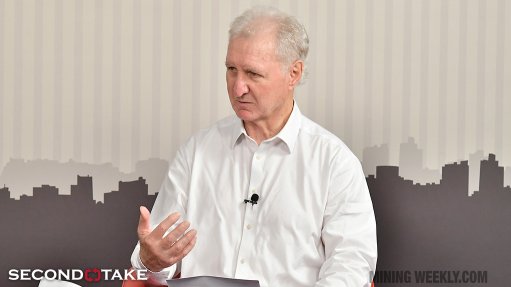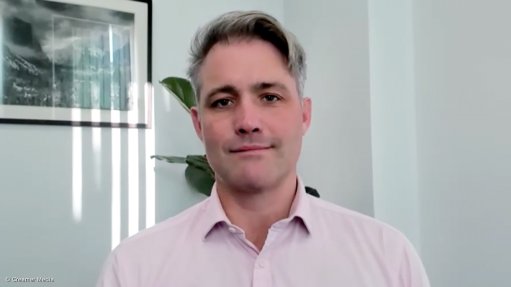European technology groups cooperating on electric propulsion for airliners
European aerospace giant Airbus, British high-performance power systems company Rolls-Royce and German engineering and technology business Siemens have partnered to develop a hybrid-electric propulsion system for commercial aircraft that will be test-flown in the near term, the three enterprises jointly announced at the Royal Aeronautical Society, in London, at the end of November. The flight demonstrator is designated the the E-Fan X and will probably employ the airframe of the four-engine BAE 146 regional airliner. It is expected to fly in 2020.
Hybrid-electric propulsion is seen as one of the most promising ways for the aviation sector to massively cut carbon dioxide (CO2) and nitrous oxide (N2O) emissions. The European Commission’s Flightpath 2050 Vision for Aviation seeks to cut aviation CO2 emissions by 60% and N2O emissions by 75%, targets which cannot be reached using current propulsion systems.
“The E-Fan X is an important next step in our goal [to make] electric flight a reality in the foreseeable future,” affirmed Airbus chief technology officer Paul Eremenko. “The lessons we learned from a long history of electric flight demonstrators, starting with the Cri-Cri, including the e-Genius, [and the] E-Star, and culminating most recently with the E-Fan 1.2, as well as the fruits of the E-Aircraft Systems House collaboration with Siemens, will pave the way to a hybrid single-aisle commercial aircraft that is safe, efficient and cost- effective.”
(The first of these technology demonstrator aircraft, the Cri-Cri, made its maiden flight in 2010 and was effectively a single-seat ultralight aircraft. All these technology demonstrators were developed in cooperation with other companies and research institutes. The E-Aircraft Systems House collaboration was launched in 2016.)
“The E-Fan X enables us to build on our wealth of electrical expertise to revolutionise flight and welcome in the third generation of aviation,” highlighted Rolls-Royce chief technology officer Paul Stein. “This is an exciting time for us as this technological advancement will result in Rolls-Royce creating the world’s most powerful flying generator.”
“Siemens has been driving innovation in core fields at full speed,” averred Siemens chief technology officer Roland Busch. “In April 2016, we opened a new chapter in electric mobility with the collaboration with Airbus. Building up electric propulsion for aircraft, we are creating new perspectives for our company and also for our customers and society. With the E-Fan X partnership, we now take the next step to demonstrate the technology in the air.”
The plan is to replace one of the four turbofan (gas turbine) engines on the BAE 146 with a 2 MW electric motor. There will be a comprehensive programme of ground tests before the first flight is made. Later, once the maturity of the hybrid-electric power plant has been established, a second gas turbine engine will also be replaced by an electric motor. The flight test programme will focus on questions such as electric thrust management, thermal effects, the impact of altitude and dynamic effects on electric systems, and electromagnetic compatibility. The aim is to drive the technology forward and mature it, assuring safety, reliability and performance, as well as to determine the requirements for the certification of future electric aircraft, in addition to training a new generation of designers and engineers. The desire is to accelerate the development, production and adoption of hybrid-electric airliners.
Airbus will handle the overall integration of the system into the test aircraft and provide the control architecture of the hybrid-electric propulsion system and batteries, as well as integrate it with the flight controls. Rolls-Royce will provide the turboshaft engine, the 2 MW generator and the power electronics. Airbus and Rolls-Royce will jointly adapt the fan to the existing engine nacelle and to the Siemens electric motor. Siemens will provide the 2 MW electric motors, their power electronic control unit, the inverter, the dc/dc converter and the power distribution system.
Article Enquiry
Email Article
Save Article
Feedback
To advertise email advertising@creamermedia.co.za or click here
Press Office
Announcements
What's On
Subscribe to improve your user experience...
Option 1 (equivalent of R125 a month):
Receive a weekly copy of Creamer Media's Engineering News & Mining Weekly magazine
(print copy for those in South Africa and e-magazine for those outside of South Africa)
Receive daily email newsletters
Access to full search results
Access archive of magazine back copies
Access to Projects in Progress
Access to ONE Research Report of your choice in PDF format
Option 2 (equivalent of R375 a month):
All benefits from Option 1
PLUS
Access to Creamer Media's Research Channel Africa for ALL Research Reports, in PDF format, on various industrial and mining sectors
including Electricity; Water; Energy Transition; Hydrogen; Roads, Rail and Ports; Coal; Gold; Platinum; Battery Metals; etc.
Already a subscriber?
Forgotten your password?
Receive weekly copy of Creamer Media's Engineering News & Mining Weekly magazine (print copy for those in South Africa and e-magazine for those outside of South Africa)
➕
Recieve daily email newsletters
➕
Access to full search results
➕
Access archive of magazine back copies
➕
Access to Projects in Progress
➕
Access to ONE Research Report of your choice in PDF format
RESEARCH CHANNEL AFRICA
R4500 (equivalent of R375 a month)
SUBSCRIBEAll benefits from Option 1
➕
Access to Creamer Media's Research Channel Africa for ALL Research Reports on various industrial and mining sectors, in PDF format, including on:
Electricity
➕
Water
➕
Energy Transition
➕
Hydrogen
➕
Roads, Rail and Ports
➕
Coal
➕
Gold
➕
Platinum
➕
Battery Metals
➕
etc.
Receive all benefits from Option 1 or Option 2 delivered to numerous people at your company
➕
Multiple User names and Passwords for simultaneous log-ins
➕
Intranet integration access to all in your organisation


















